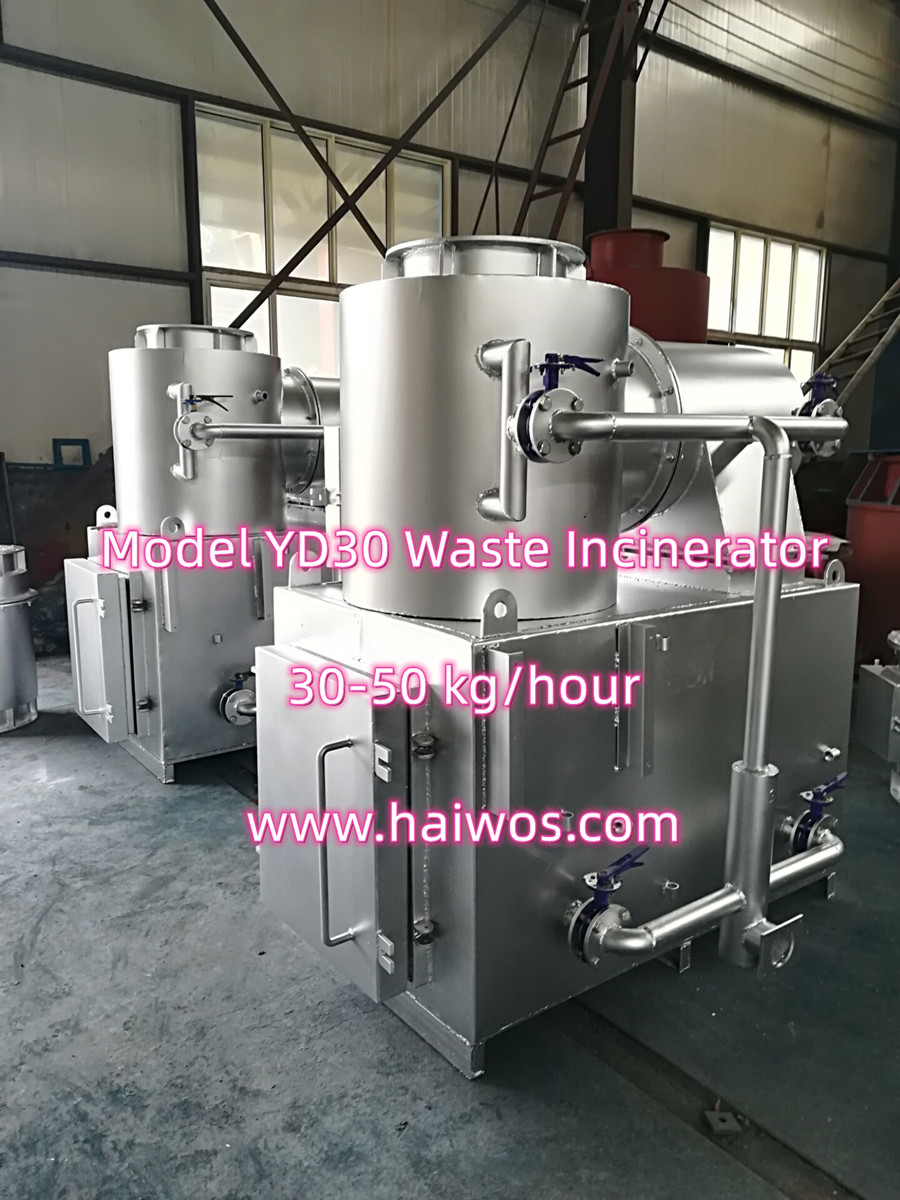Incineration is a widely used process for managing and disposing of various types of waste, including municipal solid waste, medical waste, and industrial waste. The process involves burning waste at high temperatures to reduce its volume and make it safer for disposal. However, the efficiency and productivity of the incineration process can be affected by the presence of contaminants and inert materials in the waste stream.
Contaminants such as heavy metals, chlorinated compounds, and other toxic substances can pose serious challenges to the incineration process. These substances can create harmful emissions when burned, leading to air pollution and potential health risks for nearby communities. In addition, they can also contaminate the ash and slag produced during incineration, making it difficult to safely dispose of these byproducts.
Inert materials, on the other hand, can reduce the overall efficiency of the incineration process. These materials, such as glass, ceramics, and certain types of plastics, do not combust at high temperatures and can remain as residue in the ash and slag. This can increase the volume of waste that needs to be disposed of and reduce the overall energy recovery potential of the incineration process.
To ensure the productivity and effectiveness of the incineration process, it is essential to carefully examine and manage the presence of contaminants and inert materials in the waste stream. This can be achieved through various methods, including waste segregation and pre-treatment, as well as the use of advanced sorting and separation technologies.
Waste segregation involves separating different types of waste at the source, such as households or industrial facilities, to minimize the presence of contaminants and inert materials in the incineration process. Pre-treatment methods, such as shredding and crushing, can also help to reduce the size and volume of waste, making it easier to handle and incinerate.
Advanced sorting and separation technologies, such as magnetic separators, eddy current separators, and optical sorting systems, can further help to remove contaminants and inert materials from the waste stream before it is sent for incineration. These technologies use various physical and chemical properties of the waste materials to separate them into different streams, allowing for more efficient and effective incineration.
In addition to managing the presence of contaminants and inert materials in the waste stream, it is also important to monitor and control the incineration process itself to minimize the potential impact of these materials. This can include using advanced air pollution control technologies, such as scrubbers and filters, to capture and treat harmful emissions, as well as implementing proper ash and slag management practices to safely dispose of these byproducts.
Overall, the role of contaminants and inert materials in the incineration process productivity cannot be understated. By carefully examining and managing the presence of these materials in the waste stream, as well as implementing advanced sorting and separation technologies and monitoring the incineration process, it is possible to ensure the efficiency and effectiveness of waste incineration while minimizing its potential impact on the environment and public health.



